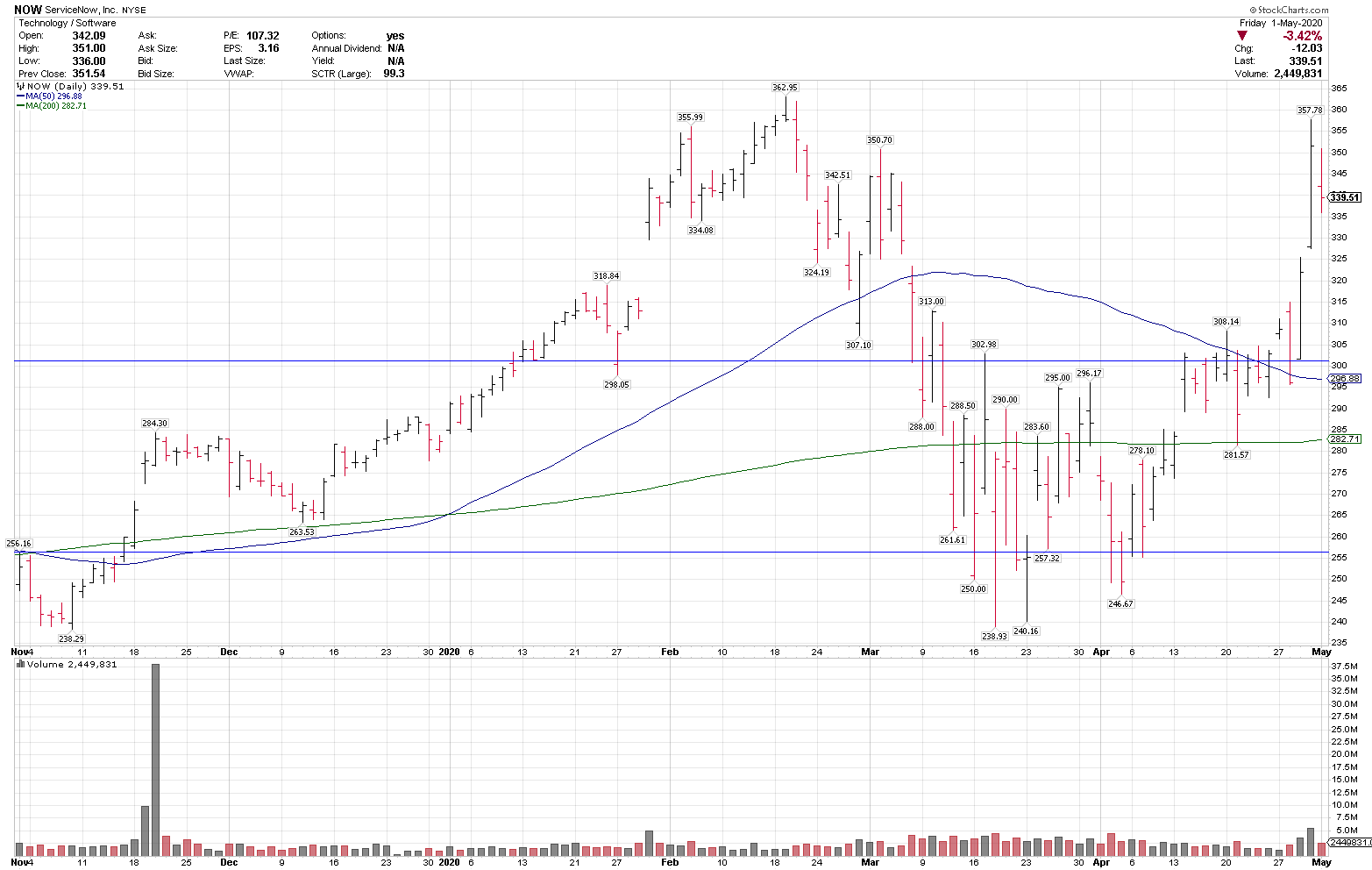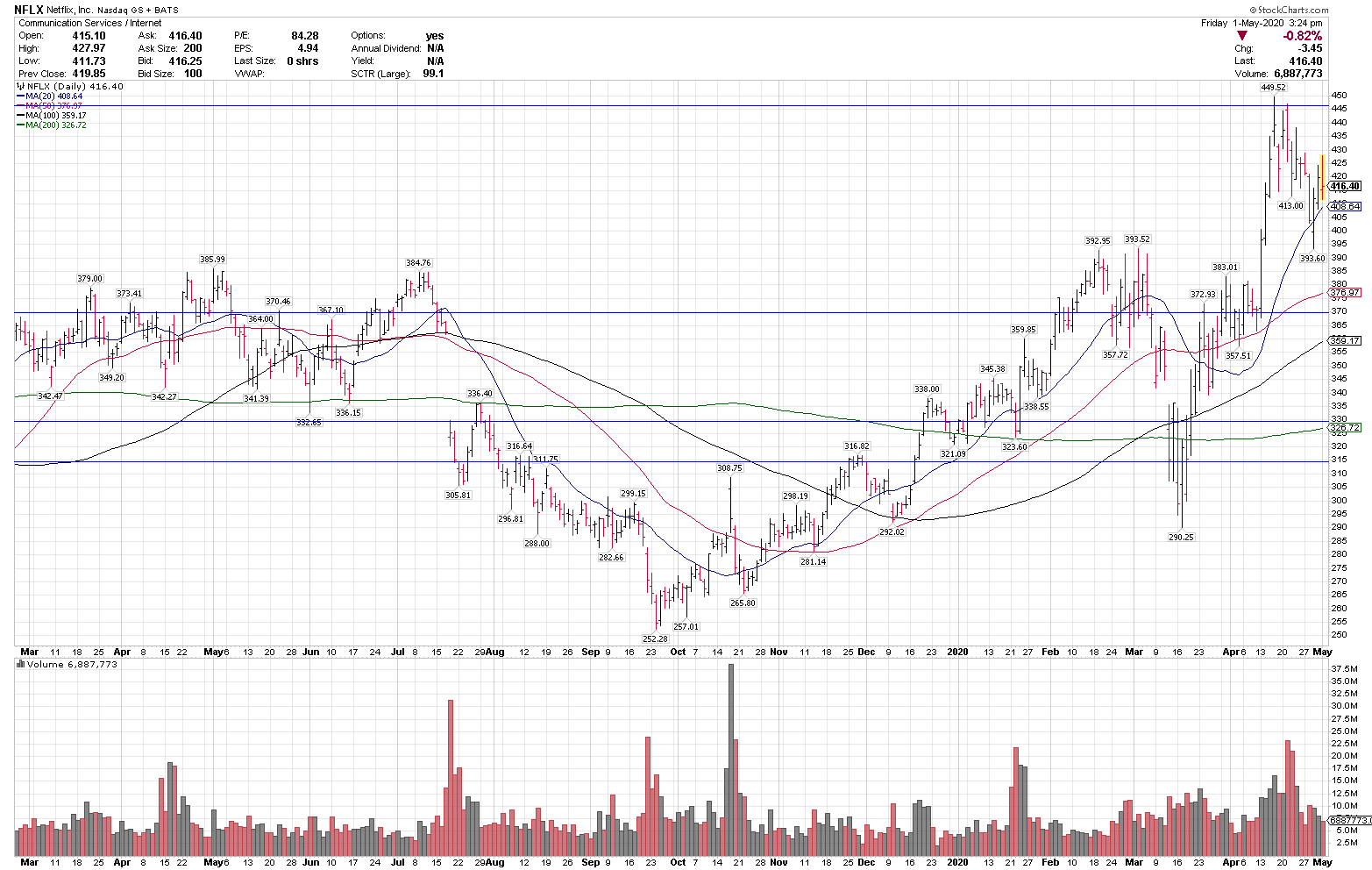In this blog we discuss some of our best strategies to help manage daily volatility, both mentally and in open positions in the stock market.
Stocks and the stock market are one of the greatest wealth building tools available to traders and investors worldwide. When managed the right way, stocks can provide superior long-term returns. Volatility however is also a part of the process, and the uncertain returns of stocks is part of what provides for the higher longer-term returns. In the short-term, volatility can cause many to make emotional snap decisions, that in hindsight they regret, or that do not follow their longer-term plan. Following are some of my best ideas to manage daily volatility, both mentally and in the stock market.
See the YouTube video here: https://youtu.be/Yr54y84ntY4
1. KNOW YOUR TIME FRAME
Traders and investors need to determine what the overall time-frame is for their capital, and also what their risk-tolerance level is, which is based on their personality, objectives and ability to handle changes in value of their positions. If someone is trying to generate cash flow on a daily or weekly basis, then they will most likely have a very short-term, daily time-frame and will likely focus on that data. Also, if they can not tolerate fluctuations in account value, this needs to be taken into consideration as well.
For intermediate to longer-term traders and investors, like myself, who do not need the cash flow today, or who are focused on compounding higher than average returns over weeks, months and years, than shorter-term data like the overnight futures markets, or the random daily market ups and downs do not matter very much.
I don’t focus on daily news, analyst opinions, or what anyone on TV, social media or in my personal network thinks about my positioning. I follow a consistent process based around price, math, position management and risk management. I have spent 22 years developing, refining and implementing my process and mindset, and have extreme confidence in it. Based on that, I focus on the process and tune out opinions, news and predictions.
If you have a intermediate to longer-term time frame, then a 5 minute chart on your positions or a random divergence doesn’t matter. The daily, weekly and monthly charts will show the major trends.
The key here is that each person understand what their real time-frame and risk tolerance is. Some think that they are more risk tolerant than they really are, or that their time-frame is longer than it is. It is very important to get this all dialed in.
2. MANAGE YOUR CASH BALANCES
One of the best risk-management tools that I know of is to actively manage cash balances. Not only is cash a great volatility buffer, but it is also a great mental buffer as well. If someone is risk averse, and has only 20% of their account allocated and 80% in cash, they will most likely deal with daily volatility much better than if they have 100% of their money in the markets. This is often called by experienced traders “selling down to the sleeping point”, which means if your exposure keeps you from sleeping, keep selling it off until it’s not an issue.
In low volatility market uptrends, I might have 80-100% invested, and recently I have had anywhere from 0 to 50% invested. By adjusting cash balances, we can control how much we have at risk and keep a more even mindset and try to not override the process.
3. USE STOP LOSSES
The second best risk-management tool that I know of is to use stop losses on each position at entry. There are various opinions on stop losses and how to use them, but from a pure risk-management point of view, they are essential. Professional traders and investors focus on minimizing losses and keeping equity drawdowns in check. Using hard stops, GTC orders in the system, will serve to put a cap on downside risk, and also remove the emotional aspect of the trader having to press the sell button, or not. I place my order, get my position in, and put the stop in right away. That’s it. If the position goes against me, that is the markets way of telling me that my position is wrong, so my risk is cut and I move on, with my capital intact. On the other side of this, some of my biggest winners over time, triple digit moves, started 5-8% down, but did not hit my stops, and then went on to big breakout moves.
Once the stop loss is in, there is no reason to micro-manage the trade on a tick by tick basis.
The chart below for a current open position in ServiceNow, $NOW, illustrates a recent position that we took just under 302, which traded to 308, and then down to 281 within two days, almost a 7% drop the day after entry. The stop loss below, just over 256 was in place to limit the potential loss. Instead of getting shaken out of the position, or second-guessing it, or trying to sell it and buy it back lower, I stayed with it, knowing the stop loss was in place, and within 7 days it traded up to 357, and is currently up nicely from the entry. 
4. ASSUME THAT EVERY POSITION WILL GET STOPPED OUT
Billionaire trader Paul Tudor Jones, in his Market Wizards interview (page 125) said “Every day I assume every position I have is wrong. I know where my stop risk points are going to be.”
Often traders and investors don’t want to use stops, or sell losing positions, because they don’t want to take the loss. They tell themselves “it’s only a paper loss” or “it isn’t a loss until you sell it”. These are both very wrong and a sure way to lose alot of money.
I go into every position expecting that it can be a big winner, based on my process and my time-frame, but I also know that any position can get stopped out at any time for any reason. Once we accept this, we realize that it is a necessity for professional trading and investing, and we can learn to not take it personally.
This might help. James Simons, believed by many to be the greatest trader ever, based on his returns, is said in a book about him to have a 50.75% win rate. George Soros, another legend, is said to have a less than 40% win rate. They key is when they are wrong, they keep it in check, and when they are right, they look to maximize their winners.
In summary, when we accept that even the best of the best are right just over half of the time, we can embrace how to manage the losers and not take it personally.
5. MOVE UP STOPS & SCALE PARTIAL GAINS TO REDUCE OPEN RISK
Once positions start to work, moving up the original entry stop is one way to reduce the open risk. If the original position starts with a 12% stop, starts to work and the trader moves the stop up to 6%, then risk is cut in half. If the position goes up by a specified amount, maybe 10, 15 or 20%, then scaling back a piece of it serves to lock in some profit, and also reduces open risk. There is no set rule for when traders should scale out partial gains, if at all. Some want quicker gains, some want bigger winners.
The chart below, for current open position in Netflix, $NFLX, illustrates this. We took the position just over 369, with a stop just over 314. The position started to work right away, we moved up the stop and booked partial 20% gains just over 446.

6. TUNE OUT NEWS, PREDICTIONS AND OPINIONS
The news media has an important job to do, but it is key to understand that not all of it matters. The media, both TV and digital, need stories and headlines to keep our attention for 24 hours a day, 365 days a year, and that means sensationalism and bold headlines, to get us to click onto the page. Any time they can post an article about someone who is predicting a 30% drop, or why the next recession is right around the corner, people will want to find out why, because we generally like predictions. The fact is that most of what we read online is no more accurate than a coin toss, or often worse, because it is based on someone’s opinion or bias.
Go up one section to James Simons and his 50.75% win rate. If he can’t predict markets consistently, what makes us think that anyone on social media or on TV can either?
SUMMARY
Devote serious time and effort to really understand your own time frames, objectives and risk tolerance levels.
Use cash balances as a mental and financial buffer.
Learn to accept that minor losses are a part of any professional trading and investing program.
Use stop losses.
Don’t take minor losses personally.
Actively manage risk by moving up stops and partially scaling winners at set intervals.
Tune out short-term news, like the futures markets and outside opinions.
Subscribe to our website today to get our best technical ideas, risk-management strategies, and market commentary every day, on our website, your inbox and on our premium Twitter feed.
GET A 30-DAY FREE TRIAL TO BLUE CHIP DAILY HERE: https://bluechipdaily.com/30-day-free-trial/
